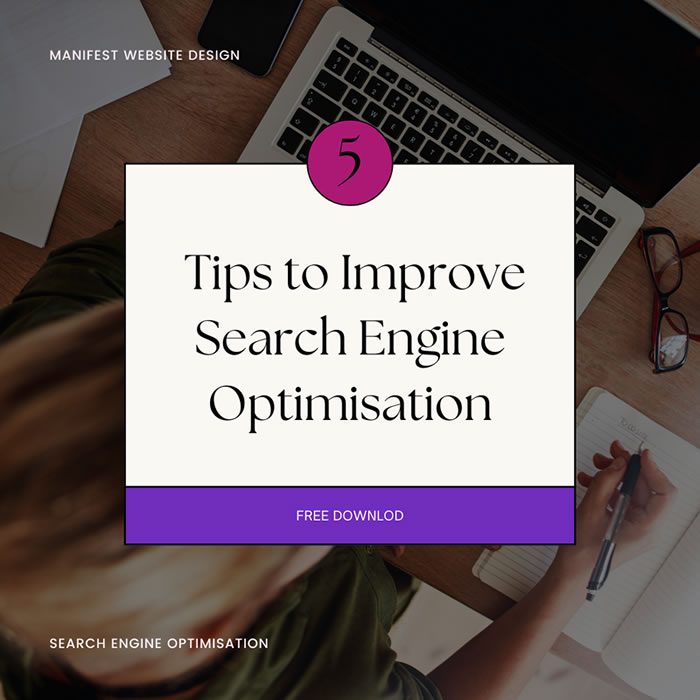How to Get Keywords for SEO
Published on May 26, 2023
Finding the right keywords for your search engine optimisation (SEO) strategy is like doing a puzzle, but one that yields significant rewards when solved.
Picture the vast landscape of the internet as a sprawling jigsaw puzzle. Each piece represents a distinct keyword or phrase that fits into the grand tableau of online content. The right keywords for your website are the pieces that, when fitted together seamlessly, complete the image of your digital presence – rendering it not just coherent, but captivating to both search engines and users alike.
So how to get keywords for SEO? Well, finding the right pieces is no easy task. It involves a meticulous process of sorting through relevance, search volume, and competition, and more often than not, a seemingly overwhelming pile of possibilities. With the right strategy and tools, I’ll help you piece together your SEO puzzle that leaves users in awe of your site.
How to Get Keywords for Your SEO Marketing Strategy
1) Put Yourself in Your Target Audience’s Shoes
Always start with the user in mind. Put yourself in your target audience’s shoes. What kind of phrases or words would they likely use to search for your products, services, or content?
A useful technique is creating buyer personas (detailed profiles of your ideal customers). These personas can help you understand your audience’ motivations and behaviors, allowing you to align your SEO strategy with their search habits.
2) Craft Relevant Content Clusters
Content clusters are groups of interlinked content focused on a central topic. The central topic is usually a broad keyword, while the interlinked content pieces target related long-tail keywords.
Content clusters serve a dual purpose. First, these can help you identify important keywords related to your central topic. By exploring different angles and subtopics, you’re likely to discover a variety of relevant keywords that you might not have thought of initially.
Second, content clusters can significantly boost your SEO performance. By providing a wealth of relevant, interconnected content, you demonstrate to search engines that you’re an authority on the topic.
Pro tip: Prioritize quality over quantity. Make sure each piece of content aligns with your audience’s interests and needs.
3) Create a List of Seed, Long-Tail, and High CPC Keywords
Speaking of content clusters, you should also create a list of seed, long-tail, and high cost-per-click (CPC) keywords:
- Seed keywords: These are broad, general terms related to your niche or industry. They form the basis of your keyword research and can be used as a jumping-off point to identify more specific keywords.
- Long-tail keywords: These phrases consist of three or more words. Long-tail keywords are generally less competitive and have lower search volumes compared to seed keywords. However, they tend to attract a more targeted audience and often have higher conversion rates.
- High CPC keywords: These are the phrases that advertisers are willing to pay a higher cost per click for. These keywords are typically competitive and indicate a high commercial intent, meaning that users searching for these terms are more likely to make a purchase. Try using the free SurferSEO Google Chrome extension to find out the CPC cost of a search query.
4) Use Keyword Research Tools
Tools like SEMrush and Surfer SEO offer comprehensive keyword research capabilities, including keyword suggestions, search volume data, keyword difficulty scores, and more.
SEMrush, for example, allows you to input a seed keyword and provides a list of related keywords, phrase matches, and related questions. It also shows you the search volume, keyword difficulty, and CPC for each keyword. This is the SEO tool we use at Manifest Website Design.
As mentioned, Surfer SEO is a great Google Chrome extension to have in your toolkit. It analyses the top-ranking pages for a given keyword and provides insights based on the commonalities among these pages.
We also have Keywords Everywhere, another free Google Chrome extension that shows keyword search volume, CPC, and competition data right in your search results.
These tools not only save you time but also provide data-driven insights that can guide your keyword selection process. The key is not to rely solely on these tools but to use them in conjunction with your own understanding of your audience and industry.
5) Do Some Competitive Intel
Your competitors are likely targeting an audience similar to yours, so their successful keywords could also work well for you.
Start by identifying your main competitors. Once you’ve identified them, you can use SEO tools like SEMrush or Ahrefs to analyse their keyword strategies. Look at which keywords they’re ranking for, the content they’re producing around these keywords, and how they’re using these keywords on their site.
Don’t just copy-paste your competitors’ keywords. This won’t work. Instead, use this information as inspiration and as a benchmark for your own SEO initiatives. Look for gaps in their keyword strategy that you can exploit, or try to find unique angles for common keywords that they haven’t covered.
Pro Tip: The goal of competitive intelligence is not to mimic your competitors but to learn from their successes and failures. Apply these lessons to your own SEO marketing strategy.
Create a Content Calendar With Your Target Keywords
When it comes to SEO, consistency and organization are just as crucial as quality. This is where a content calendar comes in.
Creating a content calendar with your target keywords ensures you’re regularly producing relevant content, optimizing your website’s visibility, and staying attuned to your audience’s needs. It can be as simple or as complex as you need it to be. At its core, it should include the following components: publication date, content type (blog post, video, infographic, etc.), content topic, and of course, the target keywords.
Try to balance your content between high-volume, competitive keywords and less competitive long-tail keywords to ensure a mix of short-term and long-term gains. Be creative and think about different angles and content formats that you can use to present your topics.
Keep in mind that Google tends to favor websites that regularly update with fresh content. A good practice is to plan your content at least a month in advance, but if you can stretch it to a quarter or even a year, that’s even better.
As you fill out your calendar, consider key dates, industry events, or seasonal trends that could impact the relevance of your content. For example, if you’re in the e-commerce industry, you might want to target holiday-related keywords during the holiday season.
Your content calendar is not set in stone. It should be flexible and evolve with your SEO strategy.
Related articles:
Best Ecommerce Platforms For SEO (2023)
Let’s Make Your SEO Keywords Work For You at Manifest Website Design
SEO is not just about generating a list of target keywords; it’s about gaining a holistic understanding of your audience, your industry, and the competitive environment. It’s about letting the right SEO keywords work for you, becoming your silent allies in your mission to reach the front page of Google.
The thing is, SEO is just one part of the bigger puzzle. A well-designed, user-friendly website not only attracts users but also engages and retains them. This is where our expertise at Manifest Website Design comes in. We go beyond just SEO. We put equal emphasis on every puzzle piece that matters – from the underlying website architecture to on-page SEO elements – and make sure they all fit together perfectly.

ANA AMISTAD
About the Author
Ana is a Content Manager at Manifest Website Design specialising in digital marketing, SEO, and meaningful stories. Her byline is often found 3,000 feet above sea level.
After hours, she enjoys psych thrillers, reading, dying in video games, and having good conversations. You can reach out to her on LinkedIn.









